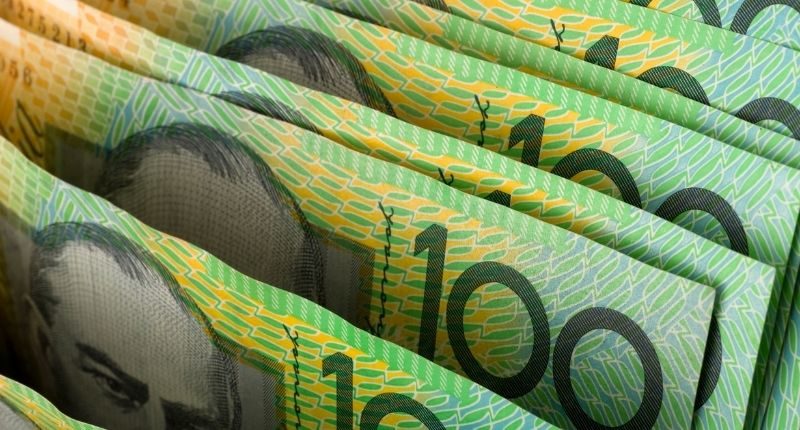- Household consumption grew by 2.2%
- This is despite a decline in the home building sector
- Commercial and industrial properties have increased in popularity thanks to the rebounding transport sectors
Data released by the Australian Bureau of Statistics (ABS) today has revealed that the Australian economy grew by 0.9% during the June quarter.
Over the financial year, the economy grew by 3.6%, the highest year-on-year increase since the 2011-12 fiscal year.
This growth was led by strong household consumption, which grew by 2.2% and exports.
“Rises in household spending and exports drove growth in the June quarter. This is the third consecutive quarter of economic growth, following a contraction in the September quarter 2021, which was impacted by the Delta outbreak,” said Sean Crick, head of National Accounts at the ABS.
The June quarter saw strong travel thanks to the opening of international and domestic borders, with virtually no restrictions of movement during the quarter.
Consumption of transport services rose 37.3%, now two-thirds of the level seen before the pandemic.
However. less food was purchased form the shops. Food from supermarkets and speciality stores fell by 1.2%, the third quarterly fall. This is despite the rise in food prices. Most likely, this is a mixture of some households tightening their spending and those spending more on dining out and travelling.
In terms of the housing sector, home building fell for the third consecutive quarter, with a 2.9% decline in June. While trade and material shortages, and workforce illnesses, all contributed, unfavourable weather also impacted activity across the east coast.
The transport, postal and warehousing industry also boomed during the quarter. This is reflected in demand for industrial and commercial property, which we regularly report on here at The Property Tribune. This demand has been influenced by the rebound in air transport services, with Qantas’s domestic operations well above pre-Covid levels.
“Households increased spending on domestic and international travel as COVID restrictions further eased and international borders remained open,” Mr Crick said.
“While spending on transport grew strongly, households were still only spending two thirds of what they did pre-pandemic.”
Food and accommodation services have also risen, as has the health care industry, due to the resumption of elective surgeries.








